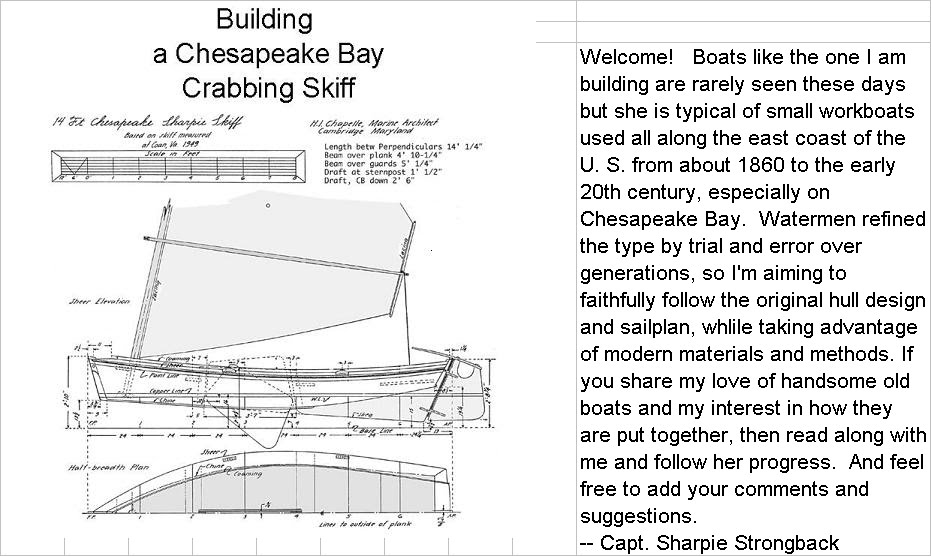Sunday Oct. 3
I sanded all three spars and gave them a coat of varnish this morning. Then I got a good start on sanding the hull. I wanted to get the skeg covered with fabric, but I needed to put that off and sand the bottom and topsides today because epoxy hardens as it cures for several days, so once it initially sets up, the sooner you sand it the better. Besides, now I have good feathered edges to cover when I do put fabric on the skeg. The inside corners between the bottom and the gripe are most in need of sanding, and the hardest to sand, and that's what I spent 80% of my time on today.
Sanding epoxy raises clouds of dust which I don't want in my lungs. I wore a respirator dust mask and ran the shop vac attached to the the power sanders.
I knocked off a little early to watch the Red Sox finish beating the Yankees on this the last day of the regular season. That loss by the evil empire makes our Rays the Division Champions! Then I watched the Rays come from behind in their own last game and beat the Royals in extra innings. Sweet.
Monday, Oct. 4
Today was a lot like yesterday. Another coat of varnish on the spars, then sanding and grinding on the hull in preparation for sheathing the skeg with fabric and epoxy. I went ahead and covered the skeg with fabric, and that job went smoothly- I'm an old hand at it now. Maybe tomorrow I can start filling and fairing.
Thinking ahead, I'll be painting the hull after it's as smooth and fair as I can get it. I looked into how to strike the waterline, and found four techniques. Dynamite Payson has the simplest solution: set the boat up level on a flat surface, make a stick with a perpendicular arm, hold the stick plumb vertical, and move it around on the surface, marking the boat's sides. The only reason I won't do it that way is that there is no flat level surface around. Other techniques include a laser level, a water level (a clear plastic tube fulled with water), and the traditional method, which I will use: set up horizontal boards at each end, perpendicular to the centerline of the boat, at the height of the waterline at the bow and stern, and stretch a string tightly between the boards, moving the string around so it just kisses the boat's sides in various places.
Here are a couple of pictures of the spars:
The douglas fir mast is starting to look pretty, but in this picture it doesn't show up as well as the background, a local day cruise "pirate ship". It passes the house at noon and four o'clock, and I guess they start the same CD when they leave the dock because the same song is always playing when it comes by. The captain yells at the passengers, makes them sing pirate songs, and sells them lots of beer. Sounds hokey, and it is, but by the time it passes the house everyone is having a great time. I'll try to post a better picture of the mast another time.
This is a section of the spruce sprit, showing the glue line between the two laminated halves of the spar. I don't know if it will be stronger or weaker than a one-piece spar, and hope there is enough safety margin in the specified diameters that I never find out.
This shot of the stern shows the skeg with its fresh fabric cover starting to cure. Lots of finishing to do before painting. The whole hull exterior is now sheathed.




No comments:
Post a Comment